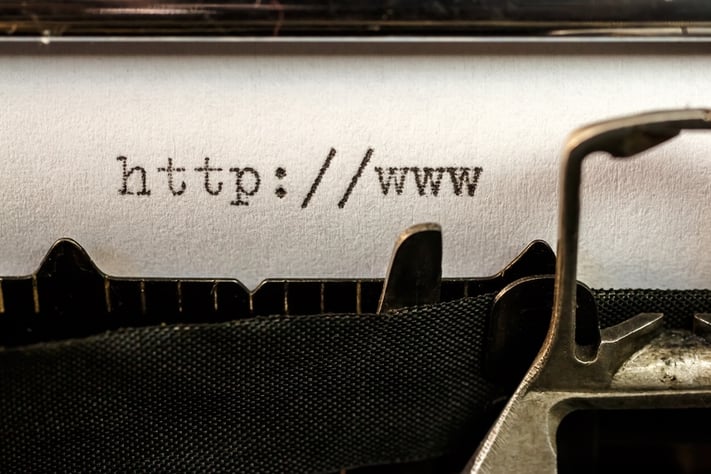
It doesn't matter if you’re a child in grade school, the CEO of a fortune 500 company, or my grandmother using her iPad… everyone, and I do mean everyone, needs to understand the way a URL works. URLs are the language of browsing the internet, which you do every day. (It’s probably how you wound up here.) URLs are not rocket science, and understanding the way these things work will allow you to navigate the web quicker, efficiently, and safely.
So what exactly is happening when you type in "www.google.com" into you browser? How does it know where to go, and furthermore how do you know it actually took you where you wanted to be?
SEE ALSO: Why We Build Our Own Computers ("Hackintosh's")
Let's break it down:
URL stands for Uniform Resource Locator. At its core, a URL is a uniform set of directions that can be understood across a variety of platforms and points to a resource.
A. The protocol
Protocol is the method by which data is sent from one computer to another on the Internet. Okay… seems kind of vague, fair enough. Try thinking about it like this: if URLs are a language, then “http://” means we’re going to be communicating in english.
https:// has become the standard for today's websites. This simply means that the information being sent over the server (your information) is encrypted and secure. Anytime you are entering sensitive information (credit card, social security, etc.) on any website, ensure it’s https by simply looking for this icon in the search bar:
This is key for your safety. If a website requesting your credit card isnt https, I strongly recommend backing away and making your purchase in a different location.
B. Subdomain
Subdomains are extensions of a website's domain. A subdomain is used to logically divide a website into high-level categories. A company who has multiple websites for multiple countries may take advantage of this. IE: us.website.com; ca.website.com. In this instance “us.” and “ca.” are the subdomains.
C. Root Domain
As you can see in the broken down URL above, this is the main identifier of the site and probably the thing the majority of people have the most experience with. Always remember to check your spelling to ensure the legitimacy of a website. D.Top-Level-Domain (TLD)
This is the last segment of the domain name. A TLD identifies something about the website associated with it, such as its purpose, the organization that owns it, or the geographical area where it originates. There are also generic TLDs (such as .com or .info) that are not location or organization specific.
E. Subfolder / Category-Request
The subfolder or category request is a request to the website to provide a specific category or type of page. For example, the subfolder you are under while reading this post is /”blog”. This means that you are amongst all of Huify’s blog pages.
F. File / Page-Request
This part of the url is selecting a specific file or individual page from the website.
G. Parameters
As an Inbound Marketer this part of the URL is my favorite. Parameters are used to display a web page in a certain way based on an individual user. More commonly they can be used to track a user's steps and flow through a site. This tracking is used to score leads, find issues with website flow, and gain a better understanding of how any given site is being used.
So there you have it, a URL broken down in plain english. Use this knowledge to your advantage––test removing and adding different parts of urls from web sites you use commonly. See where it takes you and try to figure out why.
Browse safely. Browse smart.


 BACK TO ARTICLES
BACK TO ARTICLES 



